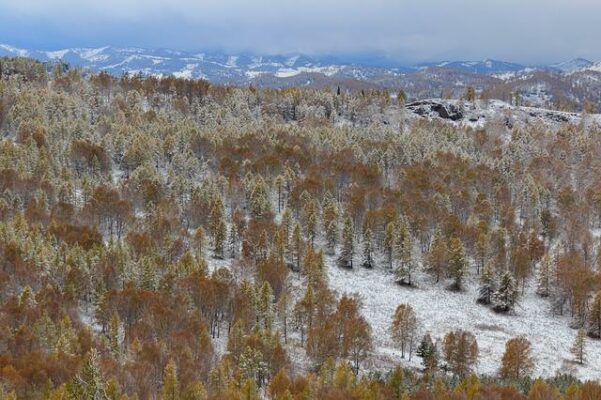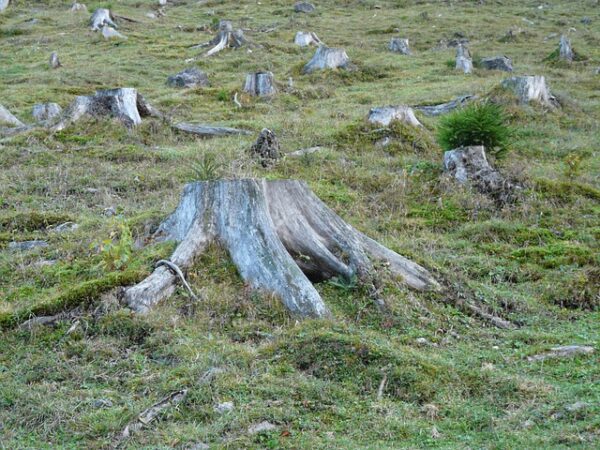
Europe's forests face a hidden crisis due to climate change, threatening tree species extinction. Research predicts only three out of 69 native species will thrive by 2090, impacting timber, carbon storage, and biodiversity. This calls for adaptable forest management to…
Read More








